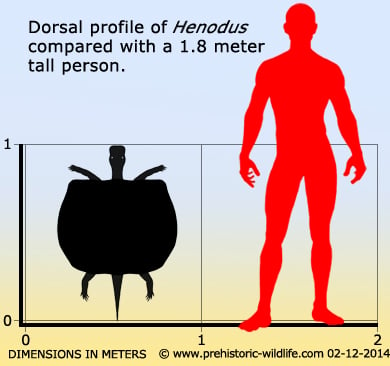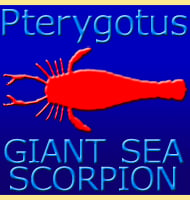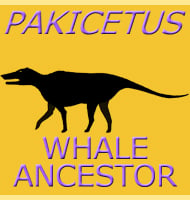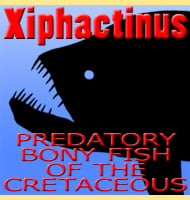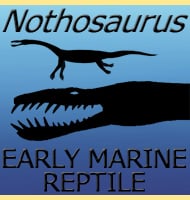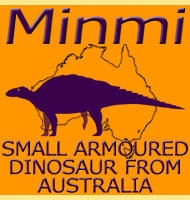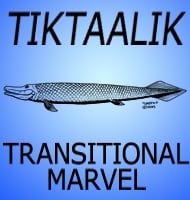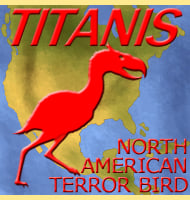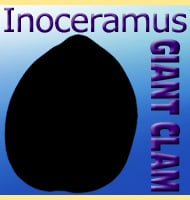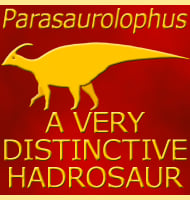In Depth
Although many of the placodonts had shells only a few like Henodus and Placochelys had single shells that covered the entire body, while others like Cyamodus had two shells. Henodus has one of the most well developed single shells of all placodonts made up by a fusion of a large number of scutes with a covering of horn, and is almost as wide as it is long. Aside from being very tough this made the shell was so large that most marine predators of the Triassic couldn’t get the shell of a full grown adult between their jaws. This shell however would have been a great hindrance when Henodus was on land and it may be that as a result Henodus spent most of its life in the water except for laying eggs (assuming that placodonts laid eggs). This is especially the case when you consider that Henodus had a plastron (lower shell) like a turtle, while the carapace (upper shell) was actually fused to the spine.
Henodus differed from most other placodonts in that the mouth was broad and squared off instead of pointed. Henodus probably used this mouth to shovel through sediment to find shellfish that were buried just below the surface, while other placodonts with pointed mouths were better able to get shell fish wedged between rocks. Such feeding behaviour would also make Henodus a niche specialist that allowed it to share ecosystems with other placodonts without competition with them.
Further Reading
– Henodus chelyops, ein neuer placodontier. – Sonder-Abduck aus Palaeontographica Beitr�ge zur Naturgeschichte der Vorzeit, Abteilung A 84:99-148. – F. von Huene – 1936. – Der Dritte Henodus erg�nzungen zur Kenntnis des Placodontiers Henodus chelyops Huene. – Sonder-Abdruck aus Palaeontographica Beitr�ge zur Naturgeschichte der Vorzeit, Abteilung A 89:105-114. – F. von Huene – 1938.
